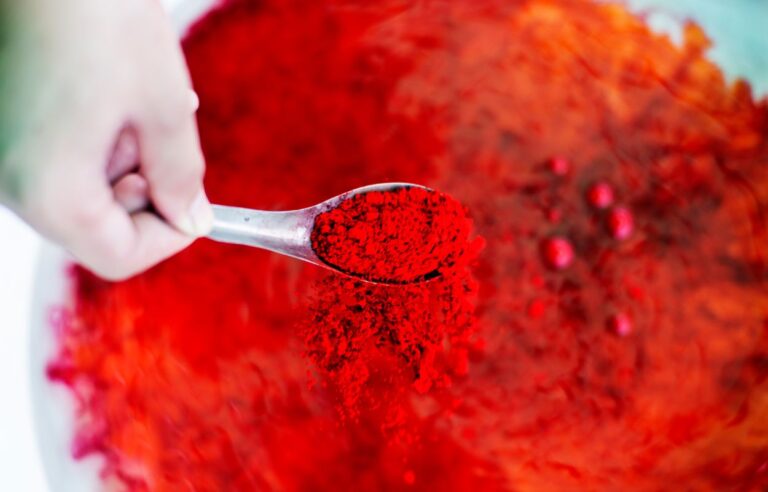In January 2025, the U.S. Food and Drug Administration (FDA) announced a ban on Red Dye No. 3 (also known as erythrosine or FD&C Red No. 3) in food and ingested drugs, citing studies linking the dye to cancer in animals. This decision aligns the U.S. with other countries that have already prohibited the use of this synthetic dye. fda.gov
What Is Red Dye No. 3?
Red Dye No. 3 is a synthetic color additive derived from petroleum, commonly used to impart a bright cherry-red hue to various products. It has been prevalent in items such as candies, baked goods, and certain medications. fda.gov
Health Concerns and Regulatory Actions
Research conducted in the 1980s revealed that high doses of Red Dye No. 3 caused cancer in male rats, leading the FDA to ban its use in cosmetics and topical drugs in 1990. Despite these findings, the dye continued to be used in food and ingested medications until the recent ban.
The FDA’s decision to revoke the authorization of Red Dye No. 3 in food and ingested drugs is based on the Delaney Clause, which prohibits the use of any food additive found to induce cancer in humans or animals. Manufacturers have until January 15, 2027, to reformulate food products and until January 18, 2028, for ingested drugs to comply with the new regulations. fda.gov
Global Perspective and Natural Alternatives
Prior to the FDA’s recent action, Red Dye No. 3 had already been banned in several countries, including Australia, Japan, and those within the European Union, due to health concerns.
In response to growing health concerns and regulatory changes, many manufacturers are transitioning to natural color alternatives. Natural dyes, derived from sources like beetroot powder and turmeric, offer a safer option, though they may present challenges in terms of stability, vibrancy, and cost.
Conclusion
The FDA’s ban on Red Dye No. 3 marks a significant step toward enhancing consumer safety and aligns the U.S. with international standards. As the food and pharmaceutical industries adapt to these changes, consumers are encouraged to remain informed and consider products that utilize natural color alternatives.


